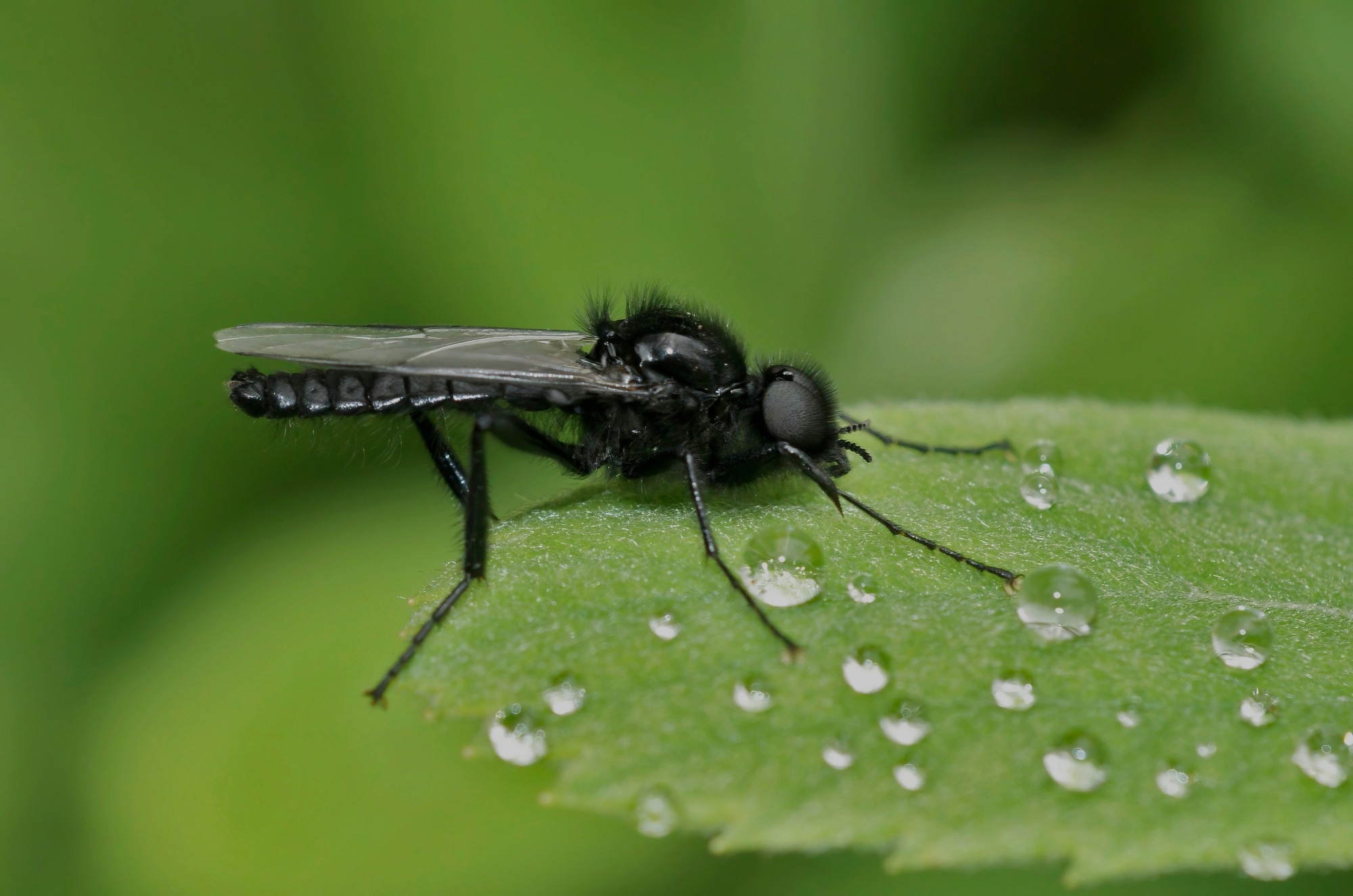 By Pooja Toshniwal PahariaReviewed by Lexie CornerMay 14 2025
By Pooja Toshniwal PahariaReviewed by Lexie CornerMay 14 2025A recent study published in npj Science of Food explored how black soldier fly larvae (BSFL) can serve as a sustainable biorefinery, converting organic waste, specifically expired pet food, into biodiesel and livestock feed.

Image Credit: HWall/Shutterstock.com
This environmentally friendly and cost-effective approach transforms low-value biomass into high-value resources while also reducing carbon dioxide (CO₂) emissions commonly associated with microbial waste processing.
Beyond their low land use and suitability for dry climates, BSFL offer a promising solution to rising environmental concerns and resource demands tied to population growth. Their use could ease pressure on agricultural systems and help address waste accumulation in the pet food industry.
Why BSFL Matter in Sustainable Meat Production
Meat production, particularly in high-demand regions like China, depends heavily on feed crops and fossil fuels, both of which contribute to greenhouse gas emissions and global food insecurity. For instance, over half of the world’s harvested maize is diverted to animal feed, raising concerns about food competition and rising resource costs.
A more sustainable model calls for alternative biomass sources, non-food substrates, and renewable production methods. BSFL offer one such alternative, capable of converting organic waste into usable protein and lipids.
However, past studies have focused mainly on the larvae's performance near the end of their growth cycle. This left a gap in understanding how their biochemical makeup changes across development, a key factor in optimizing protein and lipid yields.
About the Study
In this study, researchers examined how the biochemical composition of BSFL evolved throughout their development when reared on organic waste for the dual purpose of livestock feed and biodiesel production.
The BSFL were cultivated over a 24-day period at temperatures ranging from 23–25 °C and relative humidity between 60–70 %. The larvae were fed expired pet food sourced from animal feed manufacturers. Every four days, the researchers collected samples to record the larvae’s average fresh weight.
To determine dry weight, the larvae were heated in an oven at 95 °C, then ground into powder for further biochemical analysis. The progressive weight gain over time indicated how efficiently the larvae converted organic waste into usable biomass.
To analyze biochemical composition, the team performed thermogravimetric analysis (TGA) on 10 mg of each sample. These were exposed to nitrogen (N₂) and carbon dioxide (CO₂) gas flows at 100 mL/min. This allowed the researchers to evaluate the proportions of carbohydrates, lipids, and proteins present in the remaining feed after cultivation, giving insight into substrate preferences.
Protein levels were calculated using a nitrogen-to-protein conversion factor, while amino acid profiles were determined via ion exchange chromatography. Lipids were extracted from the BSFL using a Soxhlet apparatus.
To assess fatty acid composition, the extracted lipids were converted into fatty acid methyl esters (FAMEs) using direct conversion in a tube furnace heated to 380 °C. Researchers then tracked protein and lipid productivity over time and compared their results with other feedstocks commonly used in the production of animal feed and biodiesel.
Key Findings
BSFL demonstrated a waste-to-value conversion efficiency of 32–36 % over 24 days. From one ton of organic waste, the larvae produced between 87–111 kg of protein and 95–132 kg of lipids. Macronutrient composition varied over time, with BSFL consuming a high proportion of all nutrients. Lipid consumption reached 65–89 %, while protein and carbohydrate intake remained high (75–79 %).
As they matured, the larvae converted long-chain fatty acids (carbon ≥16) into shorter-chain ones like myristic and lauric acid—desirable traits for biodiesel production. Substrate quality influenced lipid accumulation, with higher-fat feed leading to greater lipid yields.
BSFL cultivation yielded annual protein and lipid production rates of 42,471–48,345 kg/ha and 41,642–64,708 kg/ha, respectively. These outputs exceeded those of conventional sources like maize or soybean, without competing with human food supplies. The amino acid profile of BSFL was comparable to soybean meal, reinforcing its viability as a livestock feed substitute.
Importantly, no heavy metals were detected in the larvae, confirming their safety as an animal feed source. An additional advantage is that adult BSFL lack functional mouthparts, making them less likely to transmit pathogens, a safety edge over other insect species.
Given their optimal growth temperature range (23–25 °C), BSFL can be raised alongside livestock such as pigs, poultry, and cattle in shared facilities, improving overall efficiency and reducing infrastructure costs for farmers.
Download your PDF copy now!
Journal Reference
Kim, J.Y., et al. Enhancing sustainability in meat production through insect biorefinery. npj Sci Food 9, 65 (2025), DOI: https://doi.org/10.1038/s41538-025-00434-7, https://www.nature.com/articles/s41538-025-00434-7